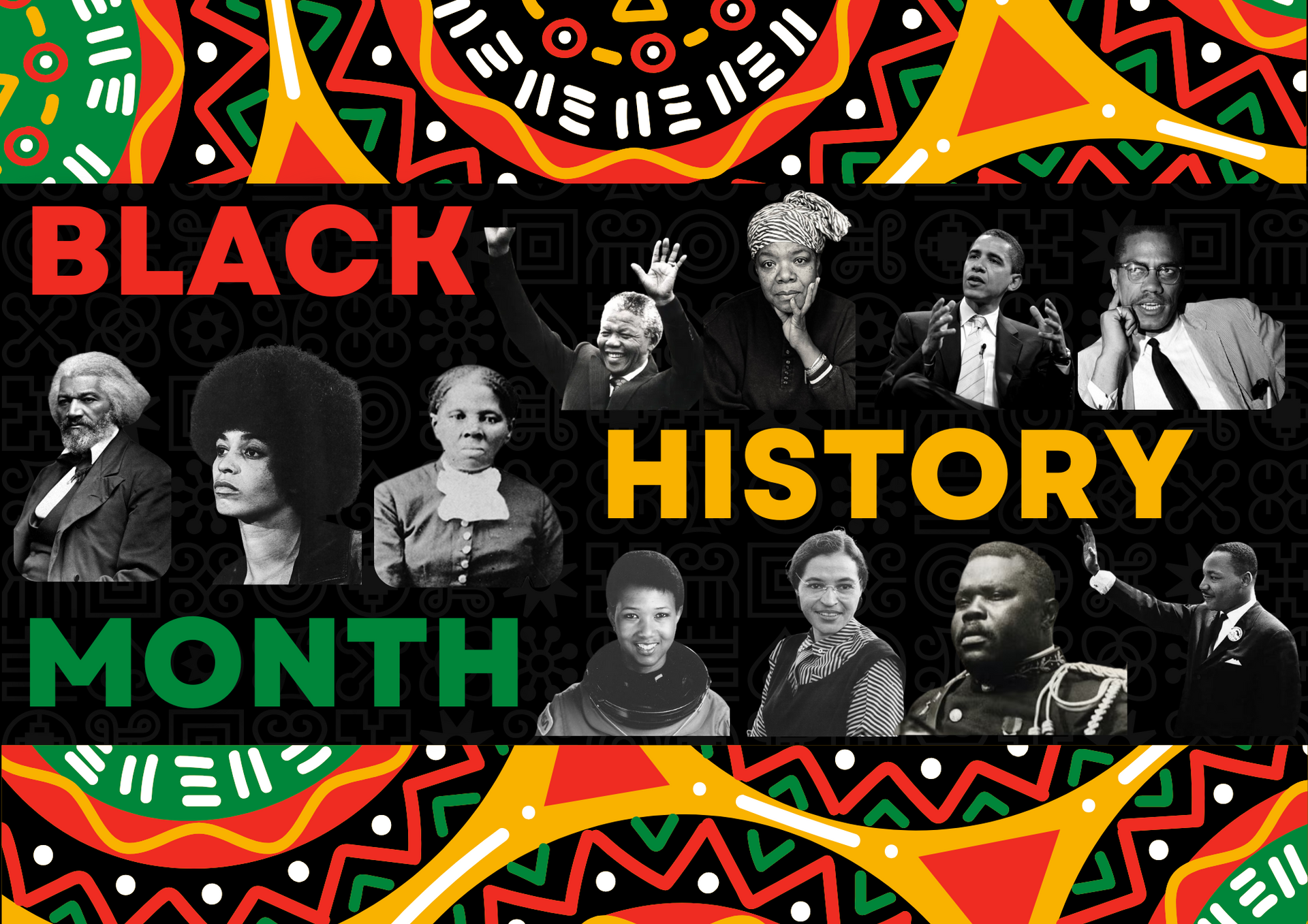Peter Drucker’s Strange Discovery
PUBLISHED:
Good consulting not only creates good management – consulting done right is good management. I don’t know when Drucker discovered this, but he explained this one night as he concluded what he had taught us in a course in the Executive PhD at Claremont Graduate School. He stated he was ignorant when he began his consulting assignments. It all started when he announced that he was ready to answer any questions on any subject that we might have. One of my bolder classmates raised his hand, was recognized, and began his question.
“You have built a reputation as the world’s foremost management expert based on your extensive knowledge and your wide experience consulting with corporations. My question is how did you gain such a vast store of knowledge and experience about so many aspects of management in so many different organizations in so many different countries with different cultures, languages, and traditions?”
There was dead silence in the room both at the challenge and in anticipation of how or whether Drucker would answer this impertinence. Drucker paused. Most of us expected that he would tell us of his years of studying for advanced degrees in Austria and Germany and his work in the U.S. and elsewhere. We were mistaken.
Drucker paused for only a few seconds. “That is a very easy question to answer,” he began, “because I bring neither knowledge nor experience to any consulting situation.” We were shocked by these words, but it got worse. “What I bring is my ignorance and lack of experience in anything having to do with the problem,” he continued. He paused as mouths fell open in surprise. “Due to my complete lack of knowledge and experience, the only thing I can do is to ask questions of those who engage me. It is they who have the knowledge and experience which I lack,” Drucker continued, “they are the real experts.” “This implies that consulting is management” he concluded. We asked about his questions.
Drucker’s Basic Questions
He immediately gave us his main questions:
- What business are you in and what is the mission or purpose of your organization?
- Who is your customer?
- What does your customer value?
- What results are you seeking?
- What is your plan to achieve these results?
Questions Drucker Asked the CEO of GE
These were his initial questions, but he said that there were others. The most famous were his two questions revealed publicly by Jack Welch shortly after he became CEO of GE. First, “What businesses would you wish GE weren’t in?” Drucker had asked. Second, “What you are going to do about it?” Welch had made the decision to sell or liquidate even profitable GE businesses which were not number one or two in its market and were unlikely to attain this position. He used the funds saved to invest in businesses of higher potential. This caused GE’s value to increase 4000%.” He called this his abandonment theory.
One former client wrote: “Drucker got us thinking through our problem and applying our own expertise and experience in a way we had never done before. This was amazingly effective and valuable, and we found valuable solutions to our issues that we had missed in the past. We discovered these ourselves because of his questions.”
Drucker, the Management Consultant
Drucker was different. Here was an internationally famous management expert who when not in his office at Claremont Graduate University who used his living room as his consulting office and operated without a staff. He even answered the phone himself. He agreed that he helped clients from major corporations and governments but did not claim any special knowledge and experience in doing this. He consulted without claiming expertise yet collected as much as $10,000 for a few hours work. Yet few clients complained that he was unworthy of his fees. He also taught a concise methodology to his clients which they followed to reach solutions in several direct steps which was also published in one of his books.
Define the Central Problem
You can’t solve a problem effectively until you diagnose it accurately. If a medical doctor makes an incorrect diagnosis and applies the wrong treatment or medicine, the patient can get worse not better. In any case he is unlikely to be cured. It is the same with management analysis. Yet some consultants attempt a solution without understanding the issue fully. Instead, you must uncover the central problem that’s creating symptoms.
Defining the central problem is the single most difficult yet most important task in the analysis process. Once you correctly identify the central problem, you can usually identify several possible solutions. But if the wrong problem is identified, even a brilliant idea will not help and may cause the situation to worsen. One of the major errors made in defining the central problem is confusing the symptoms with the problem. Low profits, poor sales, or unusual personnel turnover are not central problems, but symptoms of central problems.
Start with a brief, even one-sentence description. Be aware that even after identifying the problem and wording it concisely, in many cases you will have to modify the problem statement as you proceed through the analysis.
Also, be careful not to word the problem as if it were the solution by consciously or unconsciously assuming that one course of action is correct before you complete the analysis. Your goal at this point is to word the problem sentence broadly enough that you will not overlook a potential solution, but not so general as to be meaningless. Avoid wording your problem so that only one of two alternatives are possible: a yes or no. Be careful about incorporating extraneous facts in your central problem. They can make the statement unnecessarily complex and more difficult and confusing.
With these cautionary notes, you can begin formulating your problem statement. The answer to Drucker earlier questions helped to develop the central problem.
Drucker took as much time as needed fine-tuning the central problem. He knew that working on the wrong problem was not only a waste of time, but it also meant a waste of resources and money, and almost invariably resulted in a less optimal solution. Yet he rarely used a complicated mathematical analysis but claimed that managers most frequently and correctly made management decisions after study, but from the gut.
Determine the Relevant Factors
Relevant Factors may include facts, estimates, speculations, assumptions, time available, financial limitations, and more. All should be explored before they are accepted. Also, their relevancy is important. Even though there will be many factors associated with any situation, you should determine and list only those factors that are relevant to the central problem.
List Alternative Courses of Action
Although theoretically it is possible to have an alternative with all advantages and no disadvantages, this is highly unlikely. If this were the case, usually the solution is self-evident, and a formal problem-solving analysis procedure unnecessary. Alternatives have both advantages and disadvantages. These are of importance in any situation and will be analyzed fully in the next step.
Discuss, Compare and Analyze Each Alternative Solution
During the analysis, compare the relative importance of each alternatives’ advantages and disadvantages with every other alternative. Some alternatives have few disadvantages, but no great advantage either. In any case, you need to think it through your thinking. This helps this method to be effective in explaining the final conclusions and recommendations to others after a clear solution is developed. Here is a test of the clarity of the logic your solution and of your thinking:
Show the entire written document up to this point to someone who is unfamiliar with the issue. Have this individual read everything you have developed to this point. Then ask your reader for conclusions. If they are almost the same as yours, you have correctly worded your discussion and analysis. If different than yours, you need to do what is necessary to make your analysis clearer to the reader.
Recommend the Solution
List your recommendations resulting from your previous discussion, analysis, and conclusions. Don't list new recommendations based on information not included in your analysis. If you think they are needed, go back, and add them to earlier in the analysis. You may even need to return to and reword your central problem.
Ensure that your recommendations solve the central problem. If your recommendations don’t solve the problem as you wrote it, something is either wrong with your recommendations or you need to reword your central problem.
QED is Latin for "Quod Erat Demonstrandum" or “thus it is shown”: there is a “Drucker Difference” and action from Drucker’s consulting methods and consulting is management!
--
*Adapted from Consulting Drucker by William A. Cohen (LID, 2018) and syndicated internationally.



What Can You Do With a Master's Degree?
Ready to take the next step?
CONTACT US
+1 (626) 350-1500
1000 S. Fremont Ave - Mailbox #45
Building A10, 4th Floor, Suite 10402
Alhambra, CA 91803
ABOUT
IMPORTANT LINKS
JOIN OUR MONTHLY NEWSLETTER
Newsletter
Thank you for subscribing!
Please try again later.

